Description
Stories and literature have an important role to play in the second language classroom, and Teaching Young Language Learners Through Stories provides a theoretical and practical approach to incorporating them in your teaching.
Many teachers use stories in their teaching. That might be younger learners listening to stories or older children reading fiction or extracts for themselves. Working with stories and literature enables the teacher to expose learners to English in ways which are engaging, resonating and meaningful, and which stimulate the imagination and creativity. Stories can appeal to all age groups, and through work which is multimodal can support learning of all proficiencies. Teaching Young Language Learners Through Stories provides theoretical support alongside practical activities to explain why and how teachers can use stories.
Each chapter explores how different genres of literature can contribute to second language development, alongside practical examples. These genres include picturebooks, graded readers, graphic novels fairytales, novels and short stories. Within each chapter, the theoretical approach is first explored in more depth. It considers the characteristics of young language learners, how they learn, and how stories can provide an alternative to working with a textbook while still addressing required syllabus content and learning objectives. Then, practical examples guide the reader in using these different genres in their own teaching practice.
Whilst the book primarily offers guidance and relevant suggestions for students aged 6-13, each chapter also considers how the principles can be used with older learners and adults.
By using this title, teachers will:
- understand the theoretical support (from the fields of second language acquisition and general education) and the links between theory and practice for using stories and fiction in the second language classroom;
- learn practical ways in which they can make fuller use of stories and fiction;
- become able to create their own tasks and explain how these tasks contribute to second language development in their learners.
This book is part of the popular Teaching English series, which bring methodology and practical ideas to your classroom.

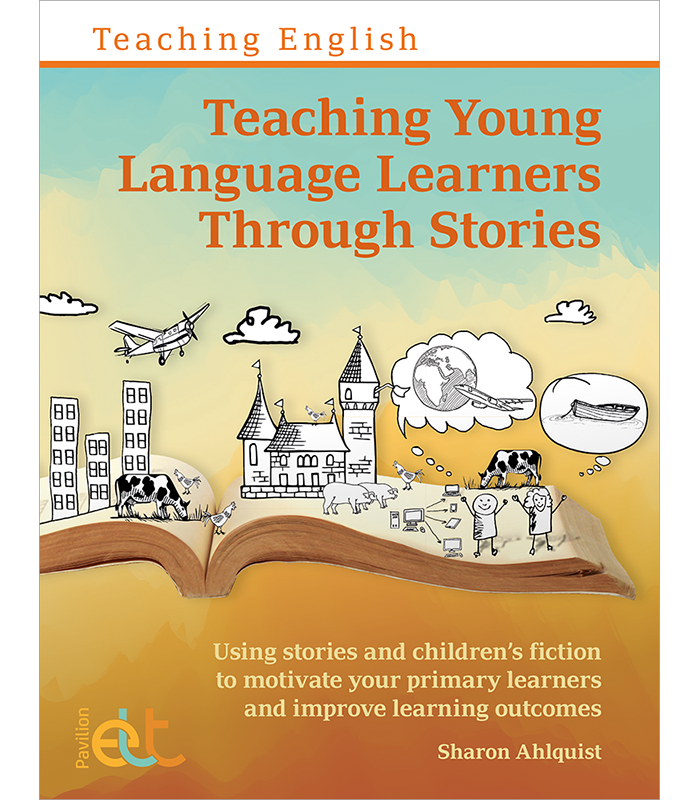
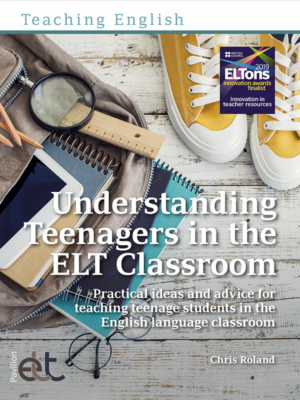
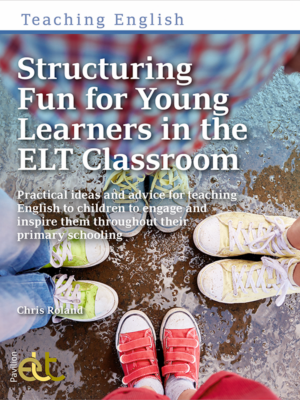
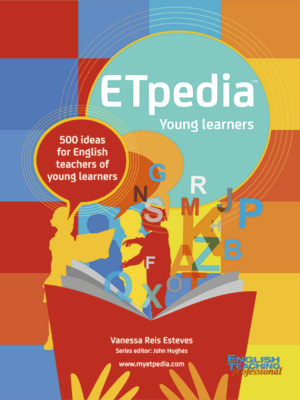
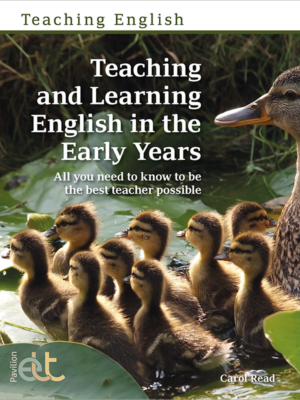
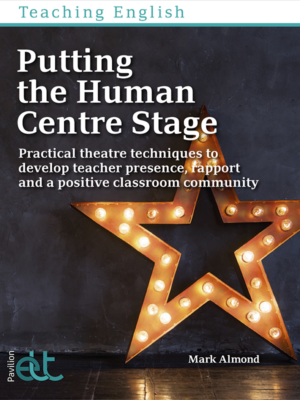
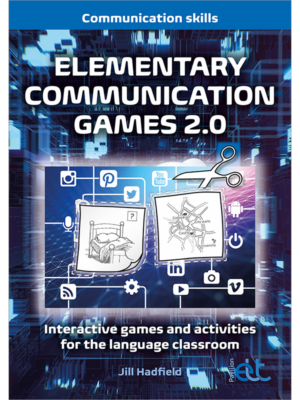
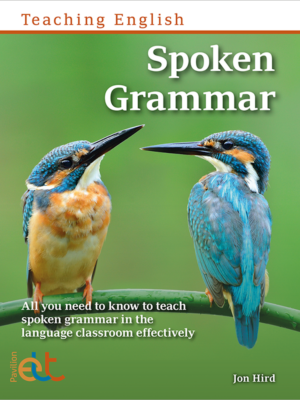
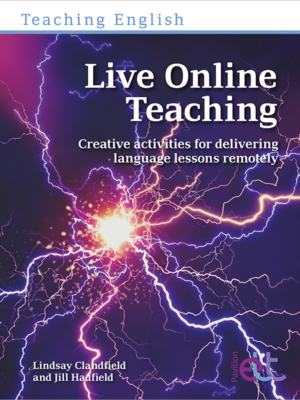
Reviews
There are no reviews yet.